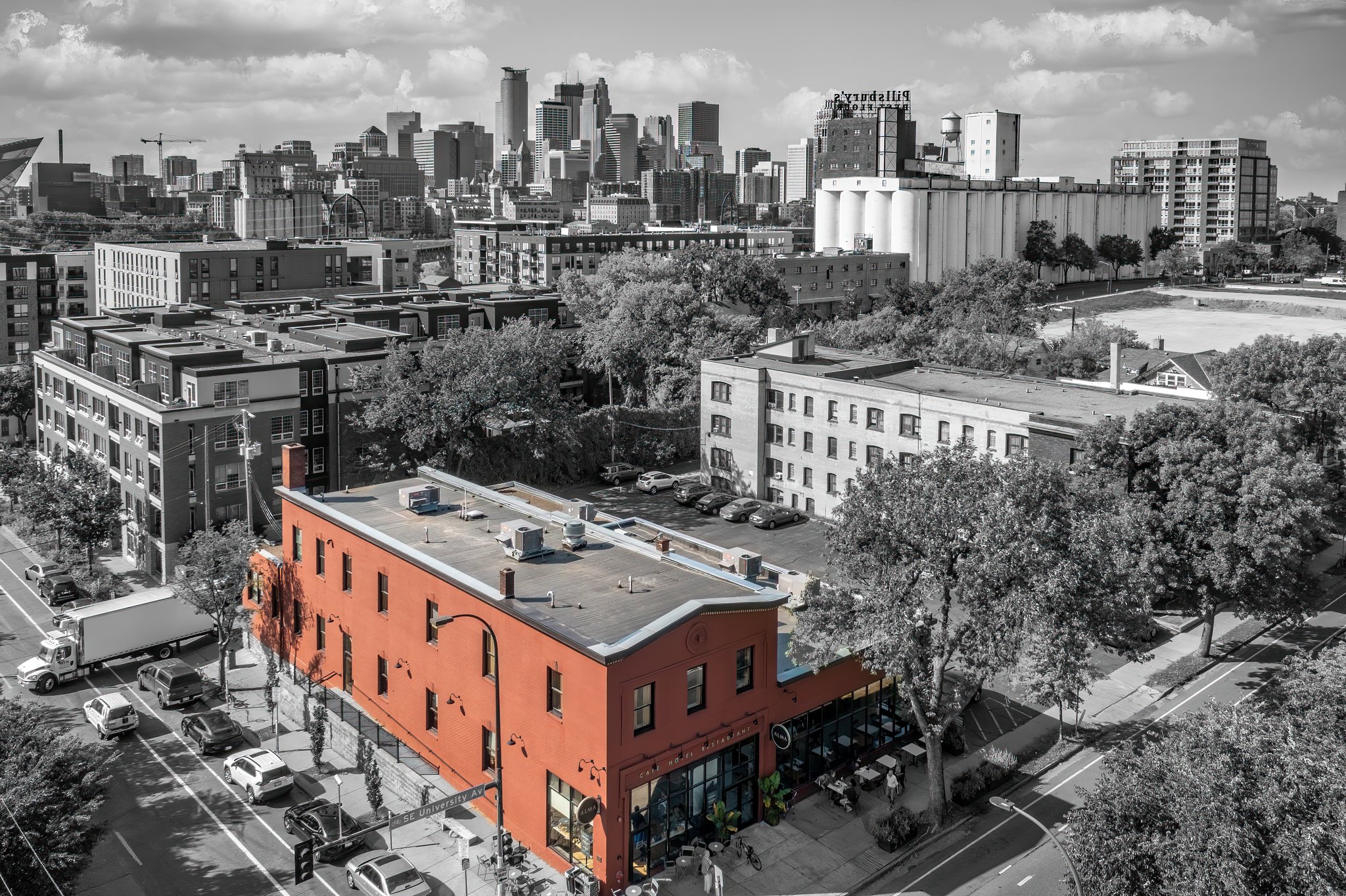Why Spring Roof Inspections are Essential After a Minneapolis Winter.
Minneapolis didn’t see the traditionally heavy snowfall or extreme temperatures this year, but the historically mild winter doesn’t mean your roof is in the clear.
Even mild winters pose threats, from ice dams to temperature fluctuation, resulting in roof materials expanding and contracting. These conditions can weaken the structure and remain hidden until the first heavy rainfall unveils a cascade of issues.
Winter in Minneapolis can be brutal, with the roof of your commercial property often bearing the brunt of the harsh conditions. As the city thaws into spring, it’s time for property owners, managers, and facility overseers to conduct a thorough roof inspection.
Here’s a step-by-step checklist to ensure your roof will withstand the next winter and keep your business dry and safe.
The Proactive Approach to Routine Checks
Routine roof inspections are much more than a maintenance task. They’re a proactive approach to protecting your investment and ensuring the safety of your tenants. Waiting for signs of damage can be costly in the long run, leading to more extensive repairs or even premature roof replacement. Spring is your window to assess and address any potential problems accumulated over the winter season.
Key Elements of Your Spring Roof Inspection in Minneapolis
When conducting your spring roof inspection, focus on the key areas most affected by winter weather. Remember, what seems like a small fissure can quickly deteriorate, becoming a major leak or structural issue.
Exterior Inspection
Begin your inspection from the outside. Walk around your property and visually examine the roof’s surface, paying particular attention to the material condition. Check for:
- Ponding Water: These are tell-tale signs of drainage issues.
- Debris Accumulation: Clogged drains and gutters can lead to water finding its way under the roofing material.
- Visible Damage: Look for punctures, cracks, and splits.
Flashing Evaluation
Flashing serves as a protective barrier in areas where the roof may be penetrated, such as around skylights, vents, or access hatches. Ensure the flashing is secure and has no gaps that could result in water penetration.
Drainage System Review
Gutters and downspouts must effectively direct water away from the building. Clean out any debris and ensure they’re unobstructed to prevent water damage to both the roof and the property’s foundation.
Interior Inspection
Leaks are often first noticed inside the property. This is the time to check the ceilings and walls for any water stains, discoloration, or peeling paint, which could indicate a leaking roof.
Plenum/Attic Examination
If your building has an attic space or an above-ceiling plenum, be sure to check there for signs of moisture, such as a musty smell, wet insulation, or visible leaks. Addressing these issues promptly prevents further damage and mold growth, which can be hazardous to the health of the building’s occupants.
Structural Components Check
The structural integrity of your roof is paramount for the safety of your property. Check all support structures for any signs of sagging, which could indicate significant issues.
Ventilation System Assessment
Proper ventilation is crucial in maintaining the health and longevity of your roof. Inadequate ventilation can lead to moisture buildup, accelerating the deterioration of materials and insulation.
Professional Roofing Services
While DIY inspections are helpful from a very basic perspective, there are aspects that only a professional eye can discern. We offer comprehensive commercial roofing services at Mint Roofing, including expert spring inspections. Our team is trained to identify even the subtlest signs of damage and provide solutions that extend the life of your roof.
The Benefits of Professional Eye
Professional inspections catch issues in their infancy and provide a detailed, documented report. This report helps in insurance claims and adds peace of mind, knowing that industry experts have thoroughly reviewed your roof.
The Importance of Regular Maintenance
After completing your spring roof inspection, promptly schedule any necessary repairs or maintenance. Regular maintenance helps prevent costly repairs and extends the life of your roof.
Conclusion: Making Spring Inspections Routine in Minneapolis
Don’t wait until next winter to find out your roof’s vulnerability. A thorough spring inspection is like a regular health check-up for your commercial property—it’s preventative, maintains the vitality of your investment, and could save you from hefty repair bills in the months ahead. Prioritize your spring inspection and ensure your business is ready for the changing seasons ahead.
Contact Mint Roofing today for professional-grade roofing services and to schedule your spring inspection with Minneapolis’ elite roofing specialists. Your roof’s longevity depends on the care it receives now, so take the first step in securing a solid future for your commercial property.
FAQs for Spring Roof Inspections for Commercial Properties
Q: Why is spring the ideal time for a commercial roof inspection?
A: Spring is the best time for a roof inspection because winter weather, including snow, ice, and temperature fluctuations, can cause damage to roofing materials. Identifying and addressing issues early prevents them from escalating into costly repairs during heavy spring rains or summer storms. Additionally, inspecting in spring allows property owners to prepare their roofs for the year ahead.
Q: What are the key areas to focus on during a commercial roof inspection?
A: A thorough inspection should cover both exterior and interior aspects of the roof:
-
Exterior: Check for ponding water, debris accumulation, visible damage (cracks or punctures), and secure flashing around penetrations like vents or skylights.
-
Drainage Systems: Ensure gutters and downspouts are clear of debris to prevent water damage.
-
Interior: Look for water stains, mold growth, or peeling paint on ceilings and walls that may indicate leaks.
-
Structural Integrity: Assess support structures for sagging or signs of stress.
Q: What are the benefits of hiring a professional roofing company for inspections?
A: Professional roofing companies bring expertise in identifying subtle signs of damage that may be missed during DIY inspections. They provide detailed reports with documentation that can be useful for insurance claims and warranty compliance. Professionals also ensure safety during the inspection process and offer tailored solutions to extend the life of your roof.
Q: How can regular spring inspections save money in the long run?
A: Routine inspections help detect minor issues early, preventing them from developing into major problems like leaks or structural damage. Addressing these issues promptly reduces repair costs and extends the lifespan of your roof, avoiding premature replacement. Additionally, regular maintenance ensures compliance with warranties, protecting your investment.
Q: What preventative measures can be taken after a spring inspection?
A: After identifying potential issues during an inspection, take steps such as:
-
Clearing debris from gutters and drains to improve drainage.
-
Repairing damaged flashing, sealants, or roofing materials to prevent leaks.
-
Trimming overhanging branches to minimize risks from falling debris.
-
Scheduling routine maintenance to address wear and tear before it worsens.


